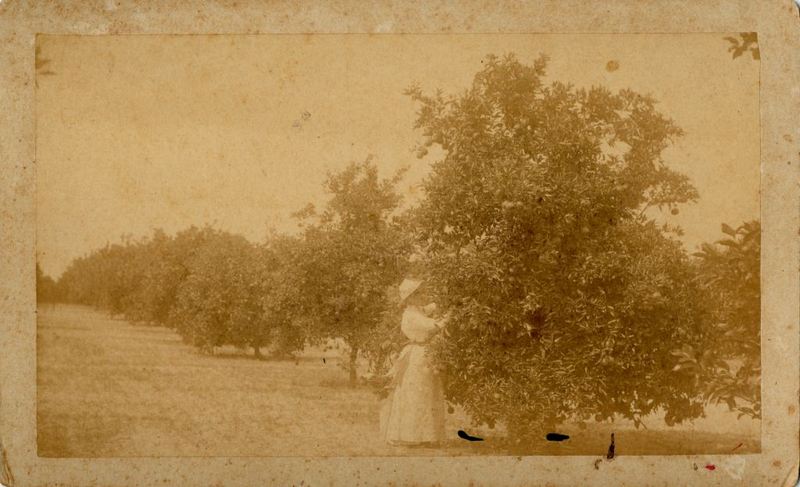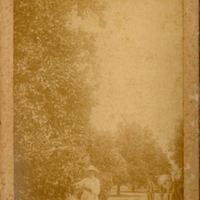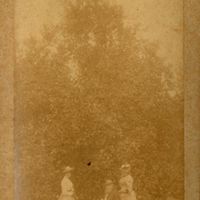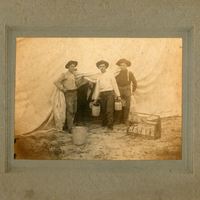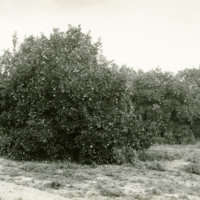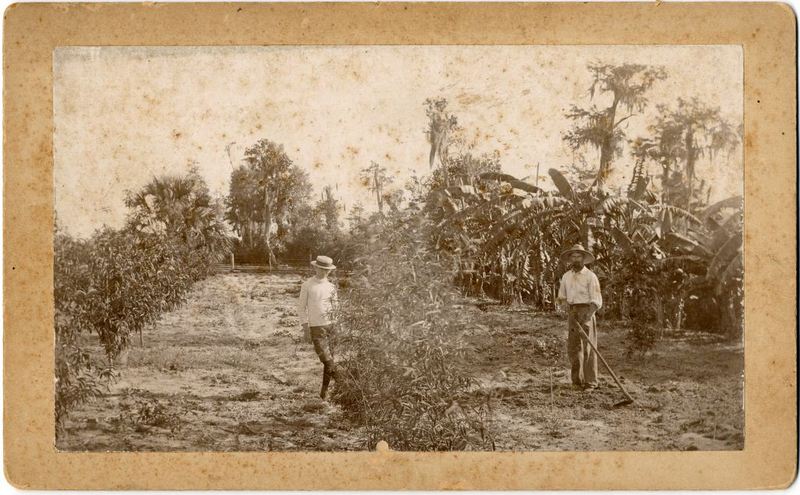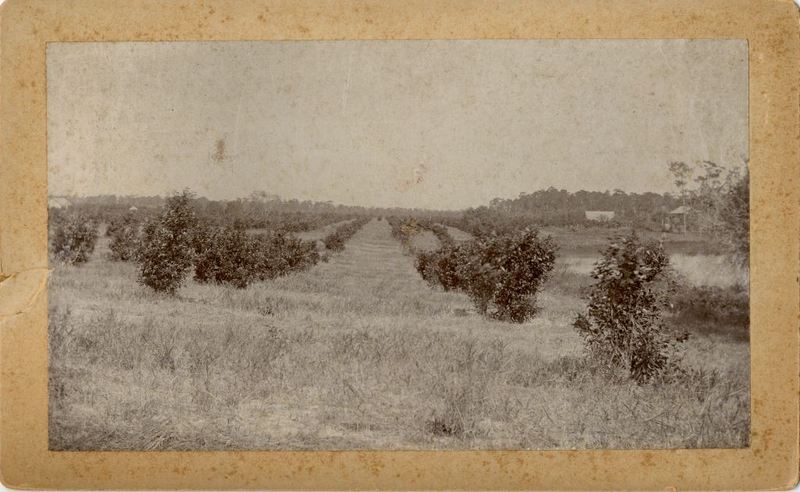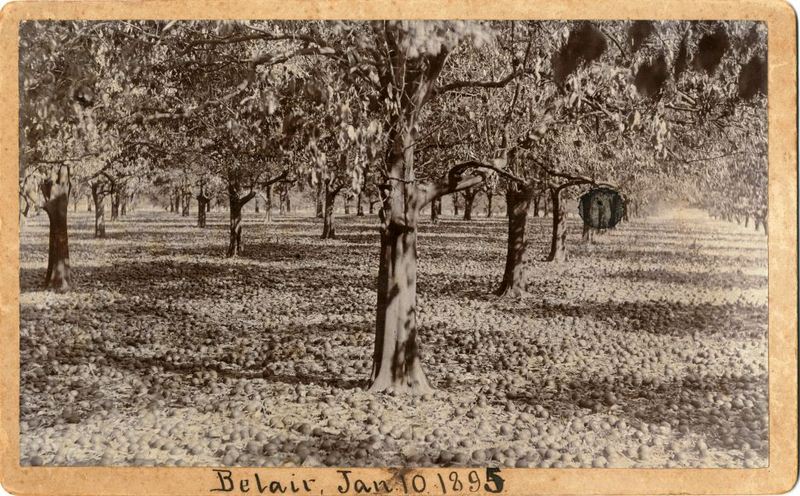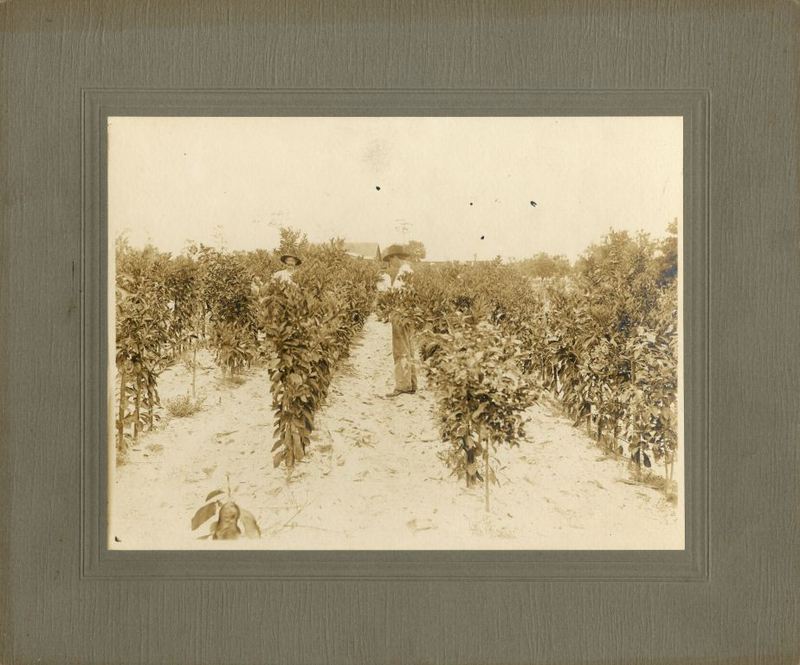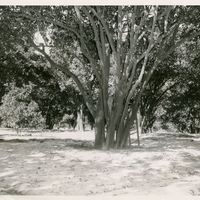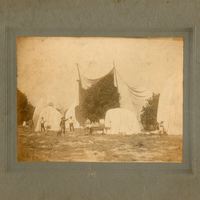Citrus
When Henry Shelton Sanford purchased land in Central Florida, he developed citrus groves known as the Belair Groves and Experimental Gardens. The citrus industry of the 1870s was gaining interest nationally because of the success, and potential international success as well. Sydney Chase, Sr. of Pennsylvania found magazines and newspapers articles that there was “great fortunes to be made in Florida” in the citrus industry.
Chase moved to Sanford, Florida, in 1878, where he began working for Henry Shelton Sanford at the Belair Groves and Experimental Gardens. After learning the trade with his experience with Sanford, Chase and his brother Joshua created the Chase & Company in 1884. They began selling fertilizer and fire insurance to other citrus and produce growers. After making enough money, the Chase brothers bought their own citrus groves two years later.
For many years citrus reigned supreme in Sanford. From December 1894 to February 1895, experienced temperatures as low as 18 degrees. The Sanford area experienced what would be known as "The Great Freeze." The hard freezes destoryed most of the area's citrus trees and their fruit. The citirus crop never fully recovered and farmers were forced to search for other crops to grow. Ultimately Sanford's citizens determined that Celery would be an appropriate substitution, since the crop was much more resilient against extreme temperatures. By the 1890s celery became Sanford's primary export, and as early as 1900, the city became known as "The Celery City."
The Chase family and their business helped boost the citrus industry in Florida, especially in Sanford. They were so successful, other citrus growers from the state were asking for their help to sell their products. In high demand for help, the brothers began to build packinghouses. Not only was the citrus industry growing in Florida and throughout the United States, Sydney Chase took the industry global by traveling abroad to market their company and what Sanford had to offer.
